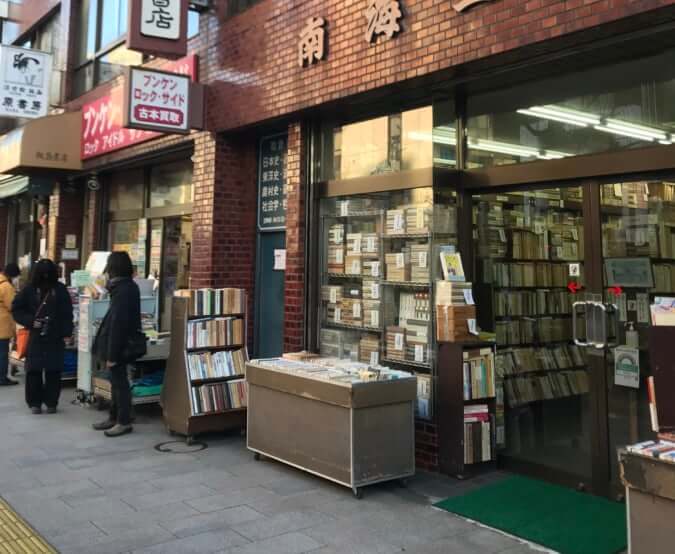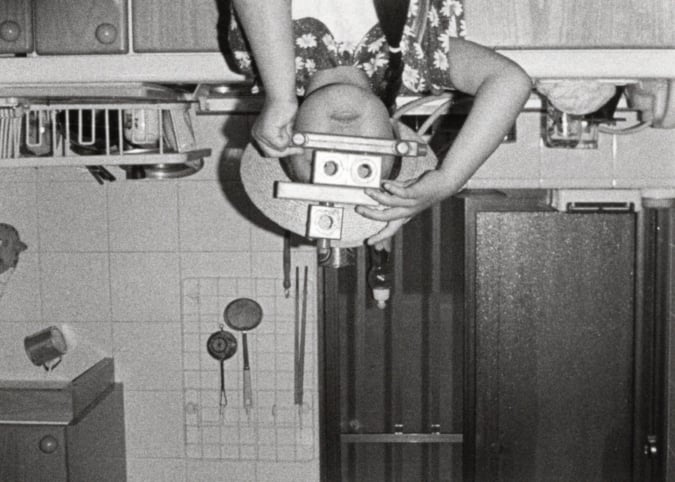Five G Music Technology: Tokyo’s Analog Synth Emporium
Based in Harajuku, this internationally renown retailer for vintage electronic instruments is a mainstay for Japan’s synth culture.
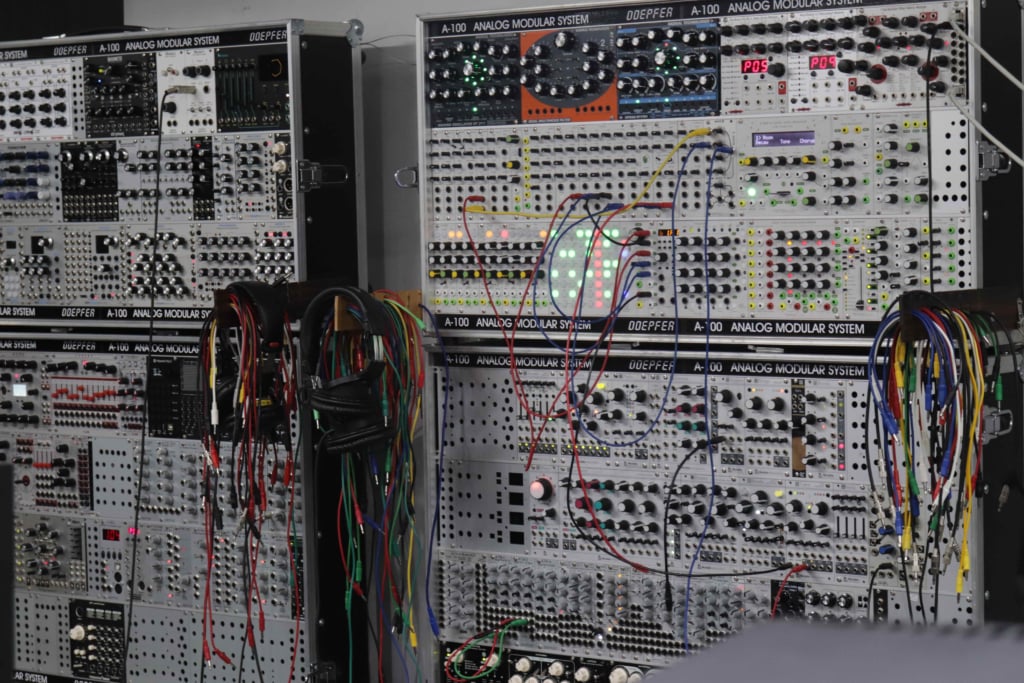
Courtesy of Five G Music Technology.
Hidden above Harajuku’s bustling Takeshita-dori, submerged under Tokyo’s fast-paced digital lifestyle, the legendary music shop Five G Music Technology exudes a different, deep-seated science-fiction. Its interior is decked with various rare equipment that once revolutionised the history of electronic music—vintage keyboards, drum machines and sequencers which oscillate with their significance in Japan’s modern context.
Game-changing inventions by Japanese companies such as Roland or Korg are lined up next to a staggering room-length bulwark of wires and modules. Their array of keys and knobs, whose analog bleeps, timbres and even noisy shrieks resound with unmatched physicality, has invited the attention of musicians and aficionados worldwide.
Computer Love
Five G was started in the late 1980s by its owner, who began by importing electric guitars from the US, and offered services to repair equipment alongside reselling them.
At the time, a new plethora of electronic instruments began to gradually define the sound of Tokyo, especially as it experienced a cultural explosion under an economic bubble and tech boom. Five G’s conversion into a synth speciality store occurred just at the cusp of this, conveniently at the same moment when the introduction of digital synthesisers, like the Yamaha DX-7, caused the prices of analog ones to drop. Since its full-fledged development as Tokyo’s best analog synth emporium, Five G has been consistently run by a tight knit team of specialists, including maintenance experts who deliver each repair and customisation in the highest grade quality. Its reputation has not only gathered the attention of international synthesiser connoisseurs, but also of famous Japanese musicians including Takkyu Ishino of Denki Groove and anime composer Taku Iwasaki.
The prices of vintage synthesisers have drastically risen in recent years as they become increasingly rare, yet their popularity still increases along with a rising interest in their fleshly timbres and nostalgic feel, unmatched to that of digital software. Amongst various parts and gadgets they use to reassemble and revive 40 year old equipment, Five G’s jaw dropping range of equipment speak a living history of technology and freedom, each piece telling a story of the genres and dance floors it helped shaped.
More information on Five G Music Technology can be found on their official website.
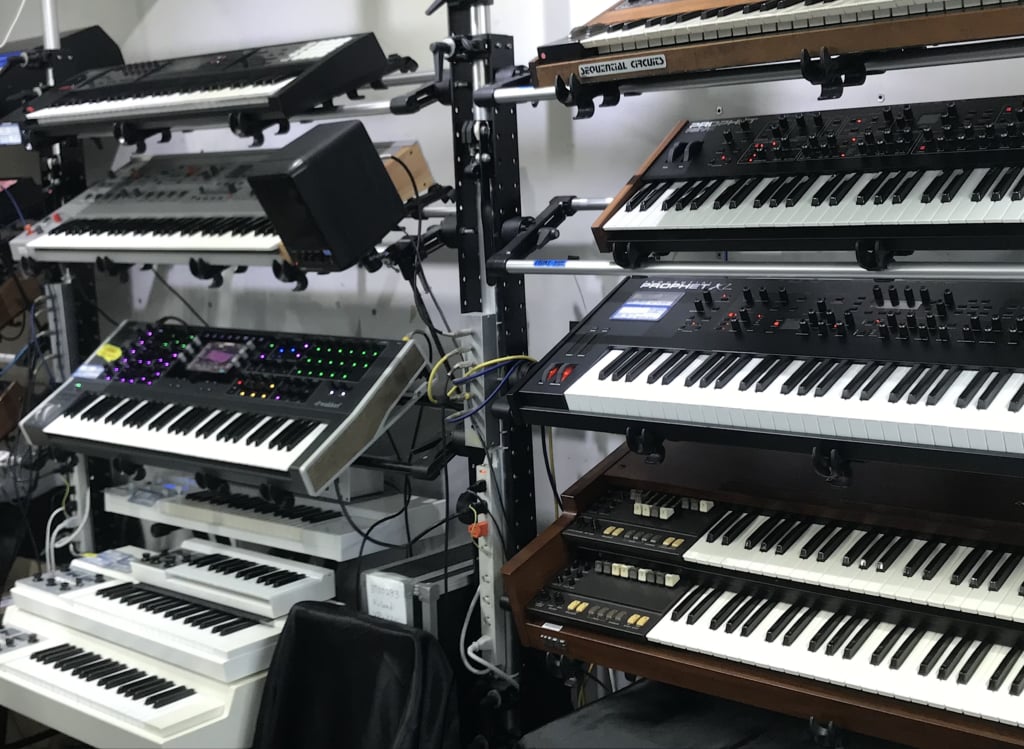
Courtesy of Five G Music Technology.
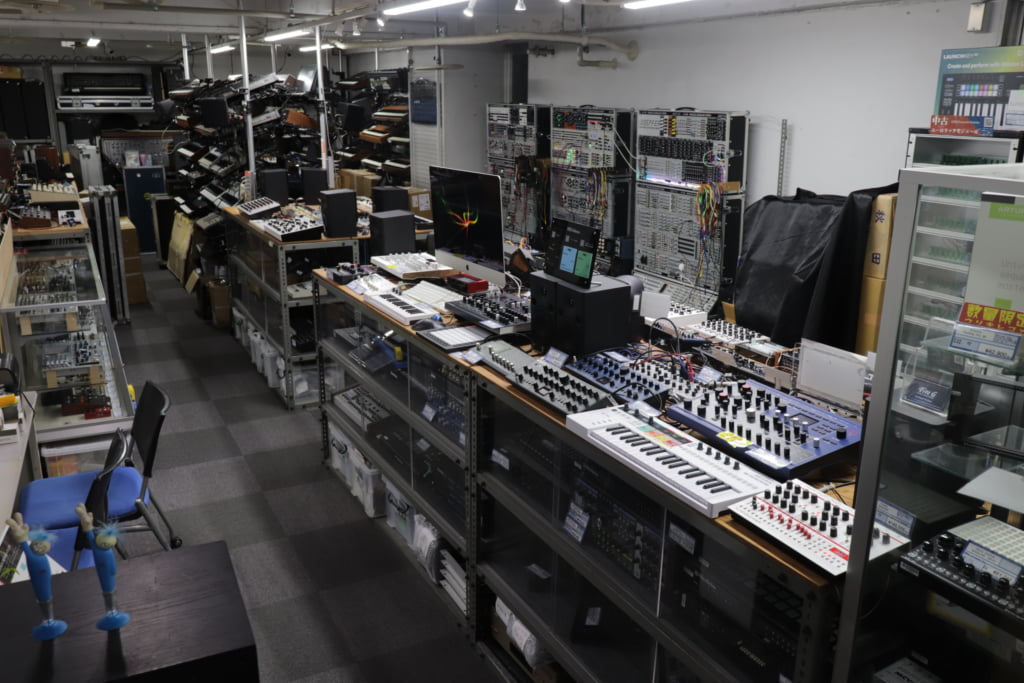
Courtesy of Five G Music Technology.
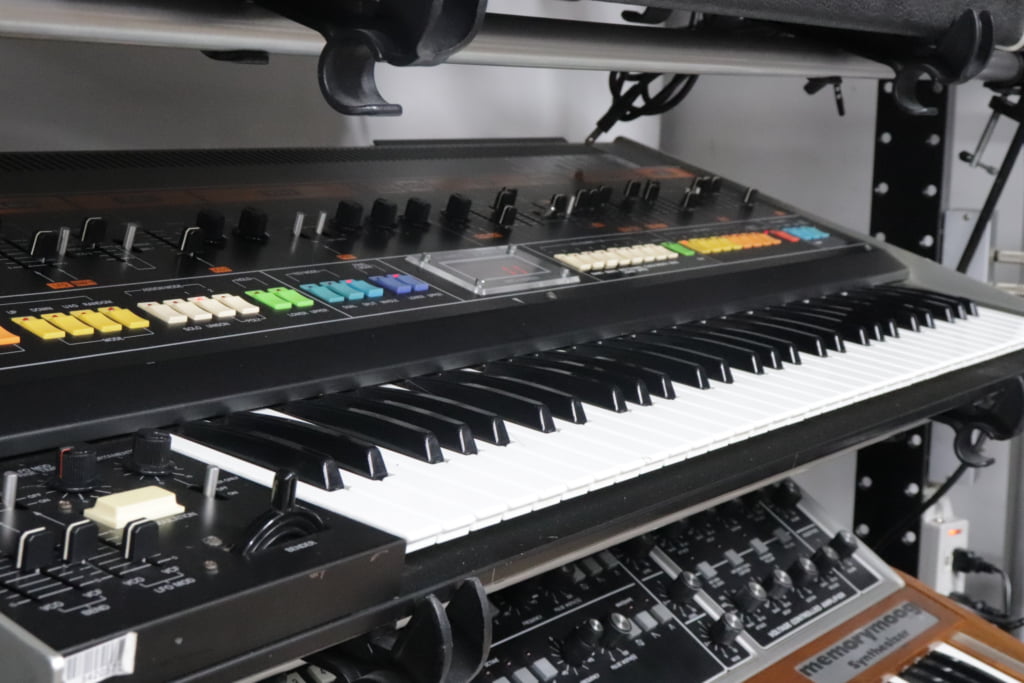
Courtesy of Five G Music Technology.
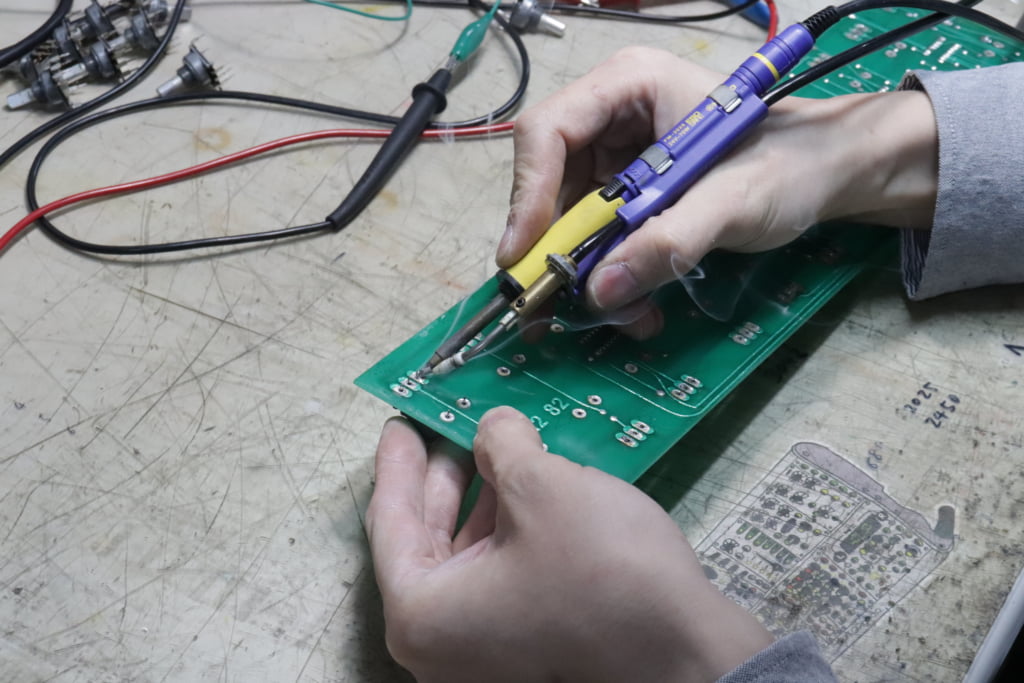
Courtesy of Five G Music Technology.
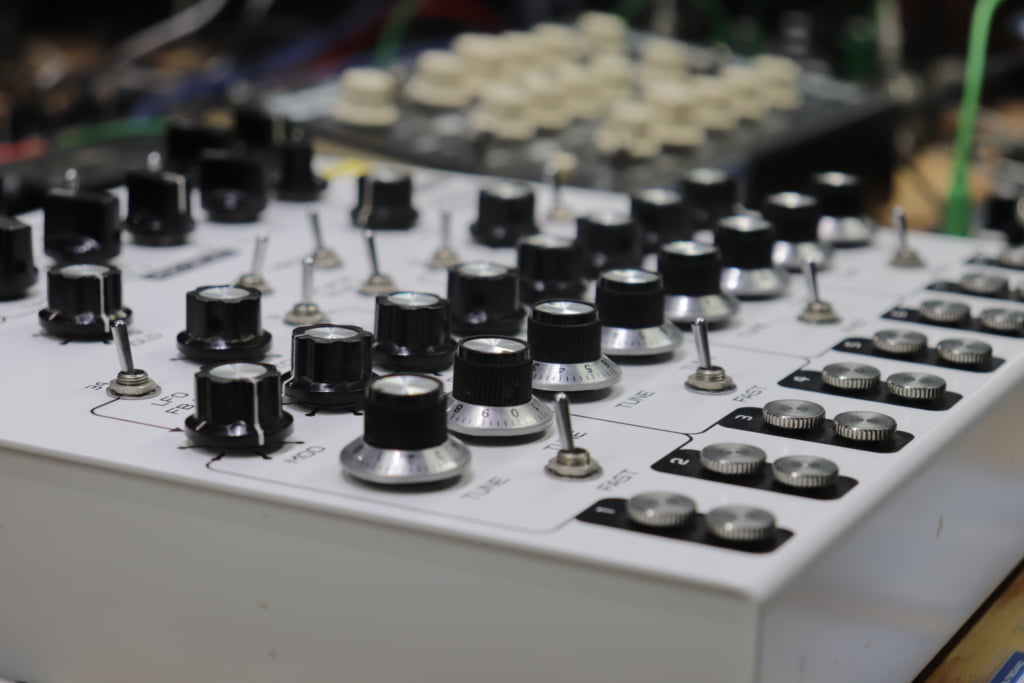
Courtesy of Five G Music Technology.
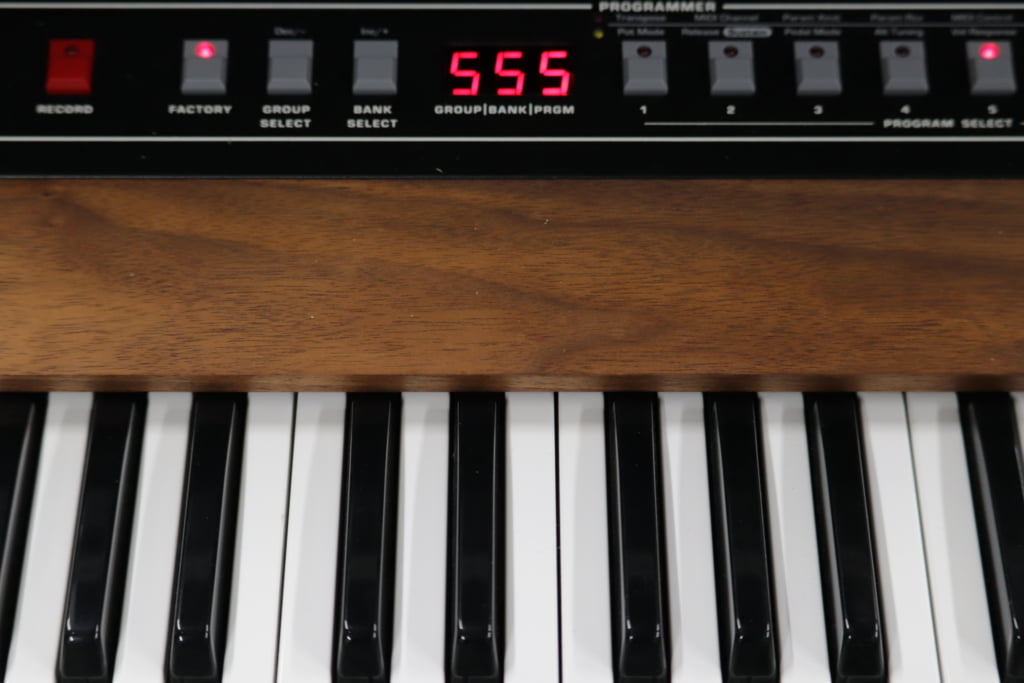
Courtesy of Five G Music Technology.
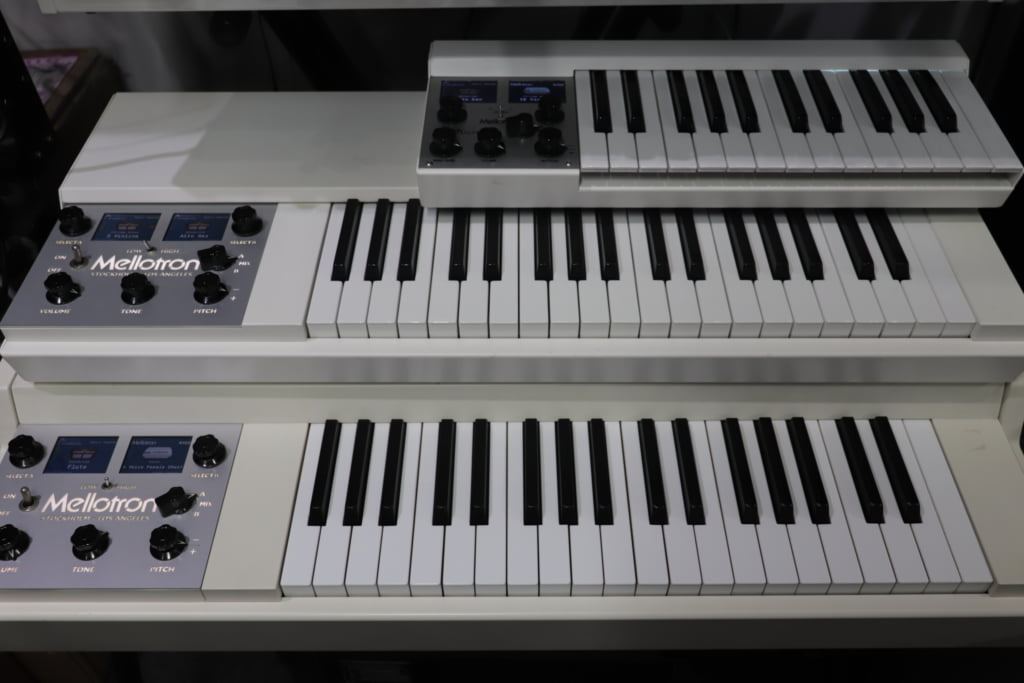
Courtesy of Five G Music Technology.
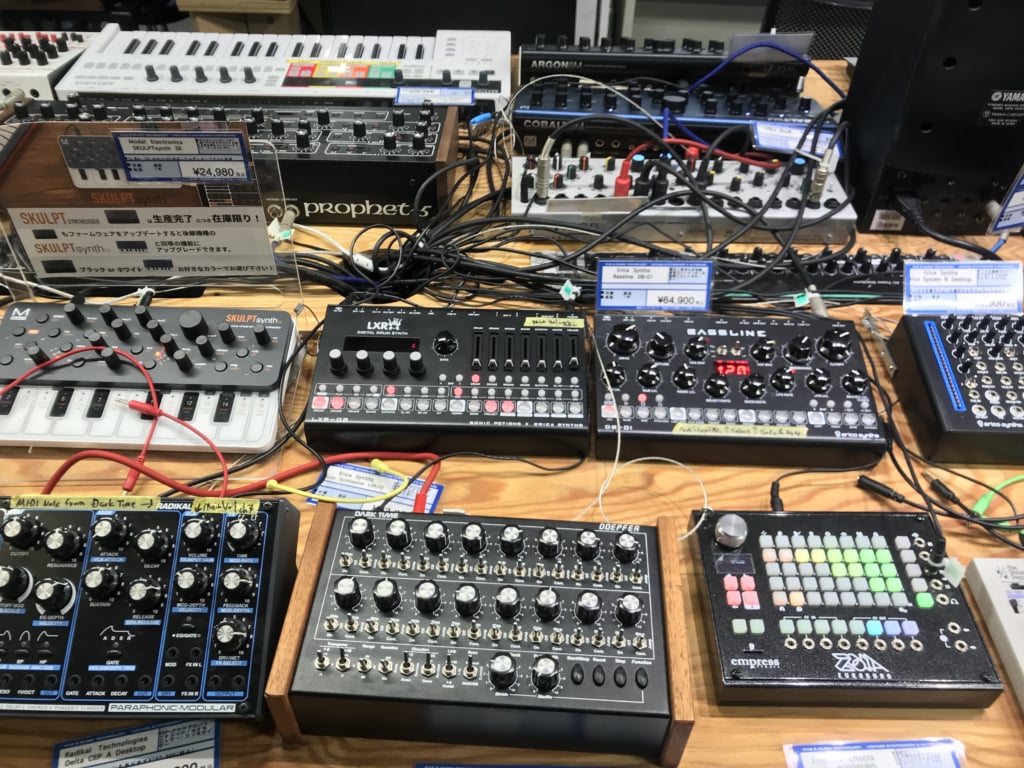
Courtesy of Five G Music Technology.
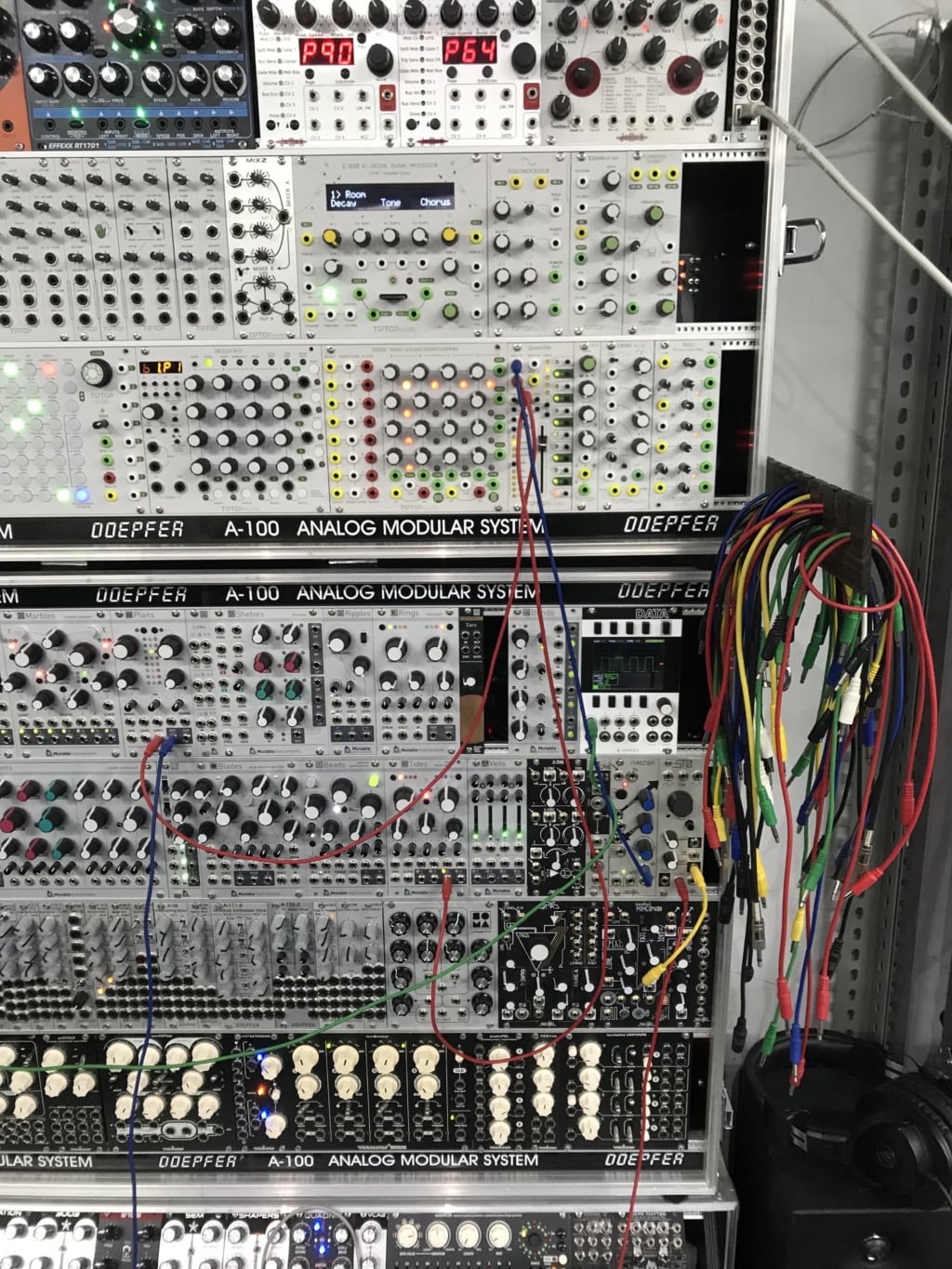
Courtesy of Five G Music Technology.
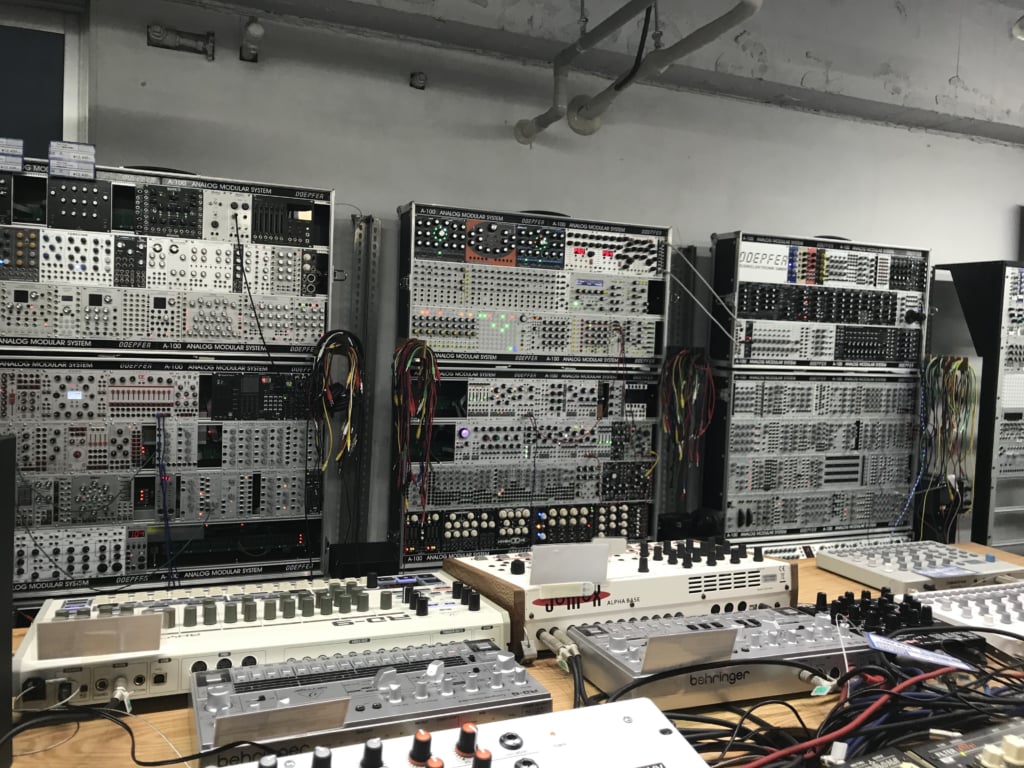
Courtesy of Five G Music Technology.
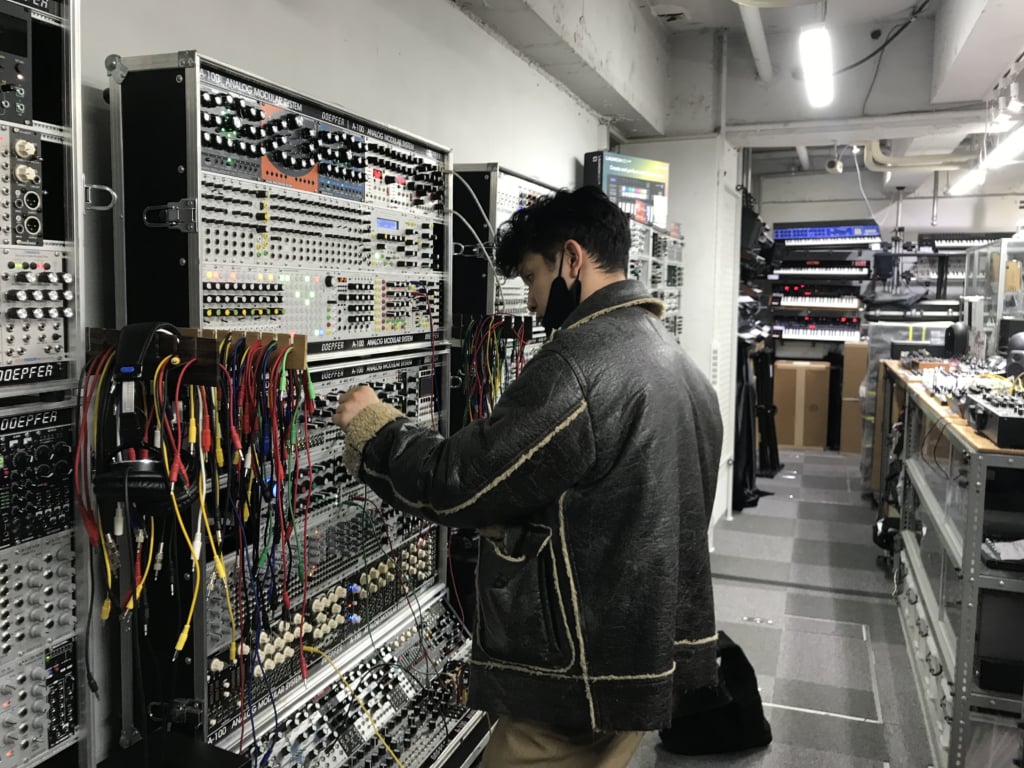
Courtesy of Five G Music Technology.
TRENDING
-
Jinbocho, Tokyo’s Book District
This neighbourhood in Chiyoda-ku has become a popular centre for second-hand book stores, publishing houses and antique curiosities.

-
Issei Suda’s ‘Family Diary’, A Distant Look at Daily Life
For two years, he photographed his family using a Minox, a tiny camera notably employed by intelligence agencies.

-
‘Shojo Tsubaki’, A Freakshow
Underground manga artist Suehiro Maruo’s infamous masterpiece canonised a historical fascination towards the erotic-grotesque genre.

-
The Forest that Inspired 'Princess Mononoke' in Yakushima
This mountainous island is teeming with natural wonders, from beaches with star-shaped sand to a virgin forest that inspired Hayao Miyazaki.

-
The Finest 1950s French Furniture Showcased in a ‘Kominka’ in Kamakura
Galerie One displays pieces by Jean Prouvé and Charlotte Perriand in a setting where the French and Japanese aesthetic interact.

